Golconda Fort is located in the western part of Hyderabad city and is about 9 km from the Hussain Sagar Lake. The outer fort occupies an area of three square kilometers, which is 4.8 kilometers in length. It was originally known as Mankal, and built on a hilltop in the year 1143. It was originally a mud fort under the reign of Rajah of Warangal. Later it was fortified between 14th and 17th centuries by the Bahmani Sultans and then the ruling Qutub Shahi dynasty. Golconda was the principal capital of the Qutub Shahi kings. The inner fort contains ruins of palaces, mosques and a hill top pavilion, which rises about 130 meters high and gives a bird’s eye view of other buildings.
Golconda fort is undoubtedly one of most magnificent fortress complexes in India. The history of Golconda Fort goes back to early 13th century, when it was ruled by the Kakatiya’s followed by Qutub Shahi kings, who ruled the region in 16th and 17th century. The fortress rests on a granite hill 120 meters high while huge crenellated ramparts surround this structure.
It was initially called Shepherd’s Hill, meaning Golla Konda in Telugu while according to legend, on this rocky hill a shepherd boy had come across an idol and the information was conveyed to the ruling Kakatiya king at that time. The king constructed a mud fort around this holy spot and after 200 years, Bahamani rulers took possession of the place. Later the Qutub Shahi kings converted this into massive granite fort extending 5km in circumference. The fort is considered a mute witness to historic events. The Qutub Shahis reign at Golconda ended in 1687 when it was run over by Mughal emperor Aurangzeb, who intentionally left it in ruins
Golconda still boasts of mounted cannons, four drawbridges, eight gateways, and majestic halls, magazines, stables etc. The outermost enclosure is called Fateh Darwaza meaning Victory gate, after Aurangzeb’s army marched successfully through this gate. At Fateh Darwaza one can witness fantastic acoustical effects, which is one among the many famous engineering marvels at Golconda. Clapping your hand at a certain point near the dome entrance reverberates which is heard clearly at the hill top pavilion, almost one kilometer away. This served as a warning note to the inhabitants of the fort of any impending danger, Ofcourse it now amuses visitors. The fort gains an impressive place among the architectural marvels and heritage structures of India and is a testimony to Hyderabad’s glorious past.
Monuments
Golconda Fort
India is a country with a deep manifested past. Her rich cultural heritage has kept everyone in a maze. All the states in India have some or the other cultural history. If you ever chance to visit Hyderabad, the capital of Andhra Pradesh, you can’t possibly miss out the 400-year-old majestic and imposing Golconda Fort situated on the western outskirts in the city. The fort was built by the Kakatiya dynasty in the 13th century.
Considered one of India’s most outstanding citadels, the Golconda fort epitomises the sumptuous ‘Nawabi’ culture of the time. “Shepherd’s Hill” or “Golla Konda”, as it was popularly known in Telugu, has an interesting story behind it. One day, a shepherd boy came across an idol on the rocky hill, which was called Mangalavaram. The news was conveyed to the ruling Kakatiya king. The king got a mud fort constructed around the holy spot and his descendents continued to follow this trend.
Later, the Golconda fort came into the possession of the Bahmani dynasty. Still later, the Qutub Shahi dynasty took over and made Golconda its capital. Golconda fort owes much of its present grandeur to Mohammad Quli Qutub Shah. The subsequent generations saw Golconda being fortified further with several additions and the formation of a beautiful city within. By the 17th century, Golconda was famous as a diamond market. It gave the world some of the best-known diamonds, including the ‘Kohinoor’. The meticulous details of the architecture and the fading gardens, which were once upon a time replete with sprawling lawns and playing fountains has the power to transport you back in time. The magnificent architecture of the Golconda fort is as imposing as ever, and this is evident from the colossal gate at the entrance studded with long iron spikes, to deter invading armies from battering it down. The gate leads to the portico known as the Balahisar gate, magnificent as the gate itself.
Golconda Fort – History
Golconda fort was previously called Mankal and was built by Rajah of Warangal in 1143. The fort was built of mud on a hilltop.

Golconda Fort under Kakatiya and Musunuri Dynasties
Kakatiya dynasty built the Golconda fort to defend the western part of their kingdom. The fort was built on top of a granite hill. Rani Rudrama Devi and her successor Prataparudra strengthened the fort further. After this, Musunuri dynasty took over the fort by defeating Tughlaqi army. Later the fort was given to the rulers of Bahmani sultanate by Musunuri Kapaya Nayak.

Golconda Fort under Bahmani Sultanate and Qutb Shahi Dynasty
Bahmani Sultanate got the fort from Musunuri dynasty. Quli Qutb-ul-Mulk was sent by the Bahmani Sultanate as a governor of Hyderabad. Later Bahmani dynasty declined and Quli Qutb–ul-Mulk founded the Qutb Shahi dynasty. The kings of this dynasty strengthened the fort and expanded it. The kings of Qutb Shahi dynasty later shifted the capital to Hyderabad in 1590. The Mughal Emperor Aurungzeb besieged the fort for one year and its ruin started from 1687

Diamonds in Golconda Fort
The mines in the fort are popular for producing diamonds like Kohinoor, the Hope diamond, and many others. The diamonds were produced in Kollur, Parotala, and Atkur mines. The mines in the city made it a trading center of diamonds. These mines helped the kings of Qutb Shahi dynasty and Nizams to become rich.
Golconda Fort Entry Fee
15 per person for Indians
200 per person for Foreign Tourists
25 for Still Camera
130 for Sound & Light Show
Golconda Fort Sound & Light Show Fee
140 per Adult in Executive Class
110 per Child in Executive Class
80 per Adult in Normal Class
60 per Child in Normal Class
Golconda Fort Timings
| Day | Timing |
|---|---|
| Monday | 9:00 am – 5:30 pm |
| Tuesday | 9:00 am – 5:30 pm |
| Wedesday | 9:00 am – 5:30 pm |
| Thursday | 9:00 am – 5:30 pm |
| Friday | 9:00 am – 5:30 pm |
| Saturday | 9:00 am – 5:30 pm |
| Sunday | 9:00 am – 5:30 pm |
How to Reach:
By Air
The nearest airport is in Hyderabad
By Train
The nearest railway station is in Hyderabad
By Road
Golconda Fort, located at a distance of 9 km from the Hussain Sagar Lake in Hyderabad city. The exterior fort is about three square kilometers, 4.8 kilometers long.
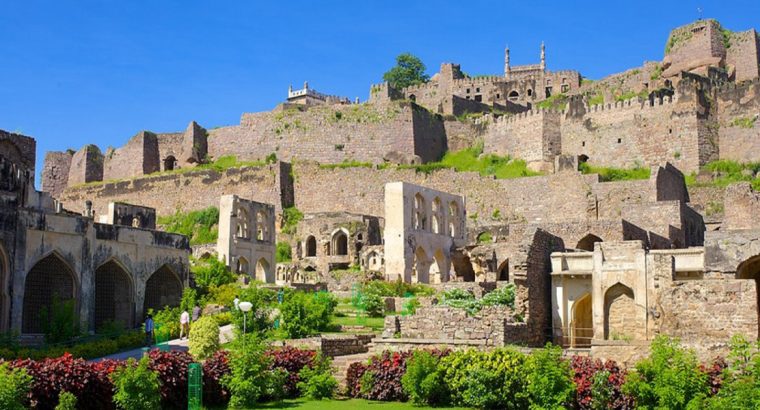
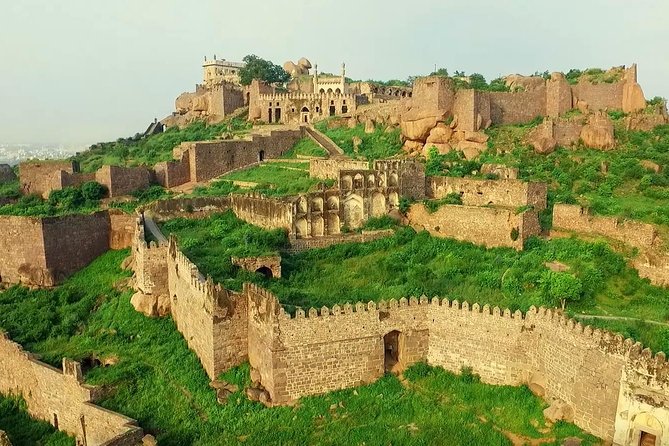


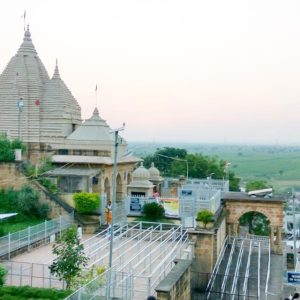
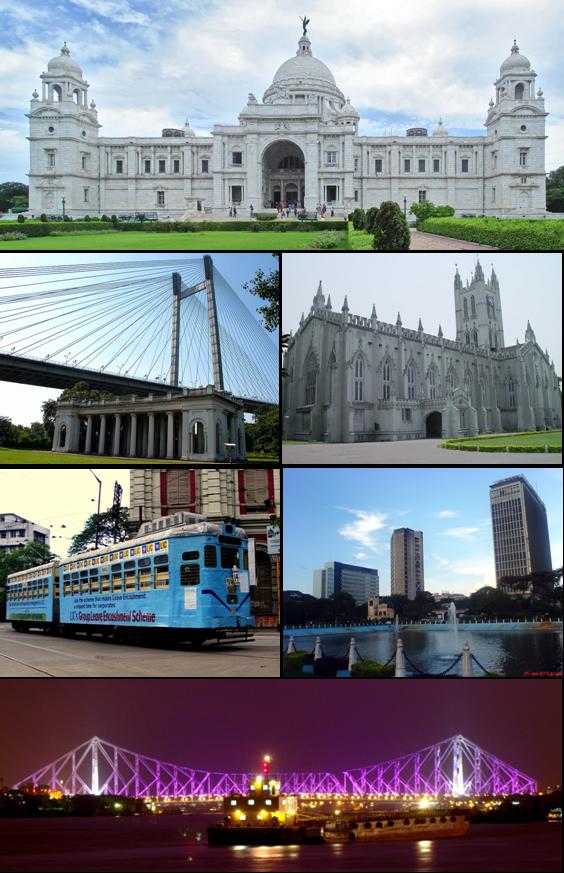
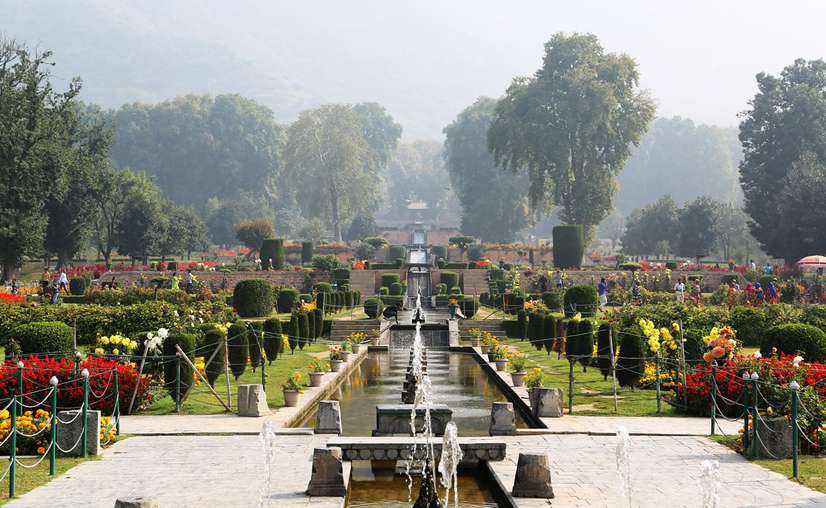



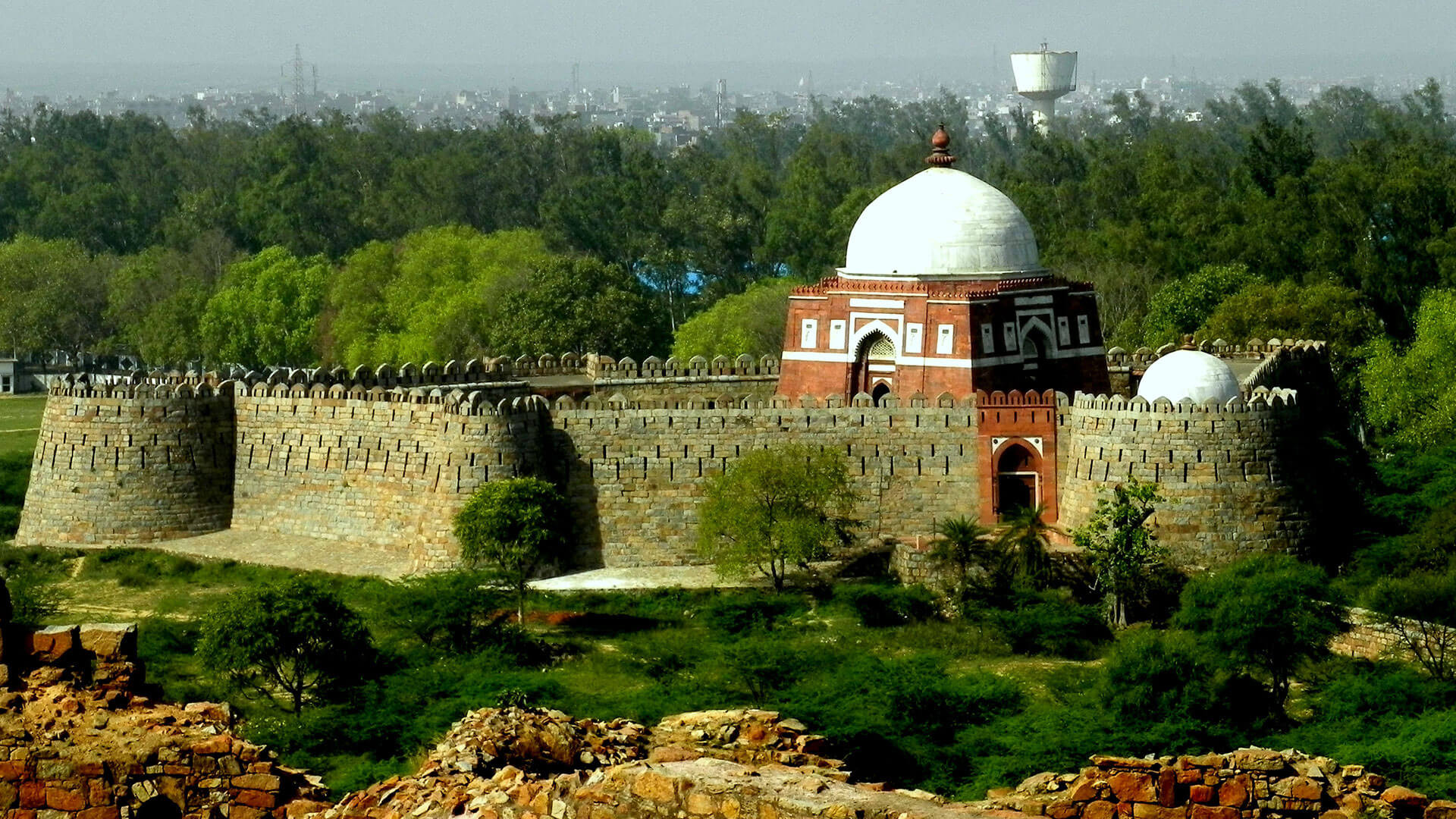
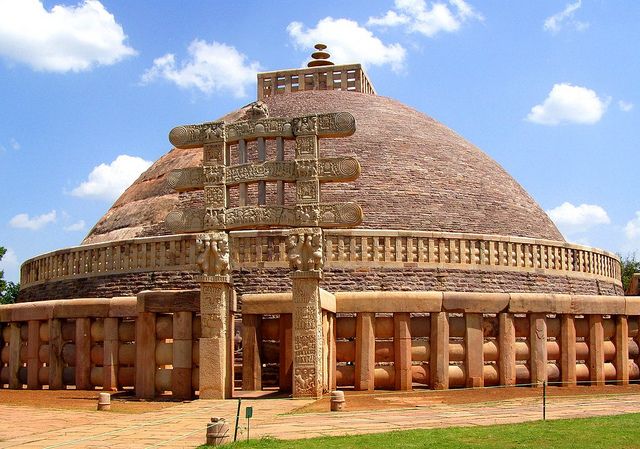
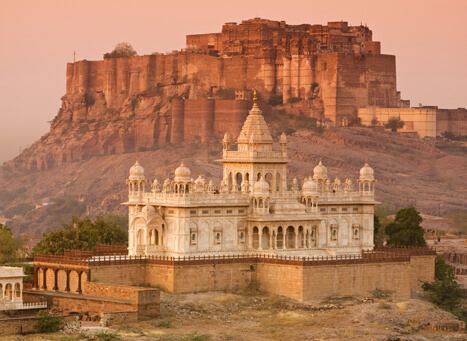
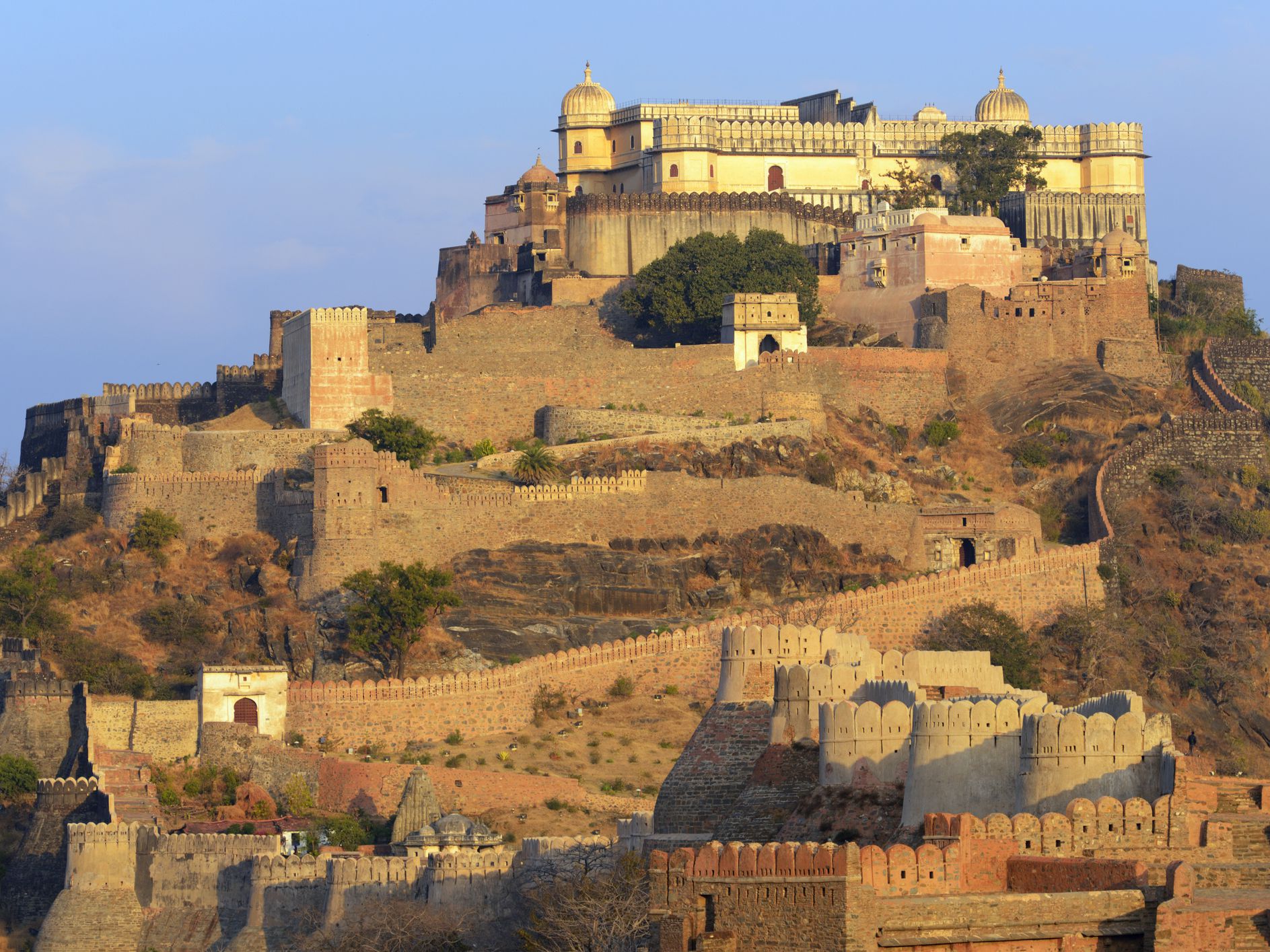


9 Comments
Comments are closed.